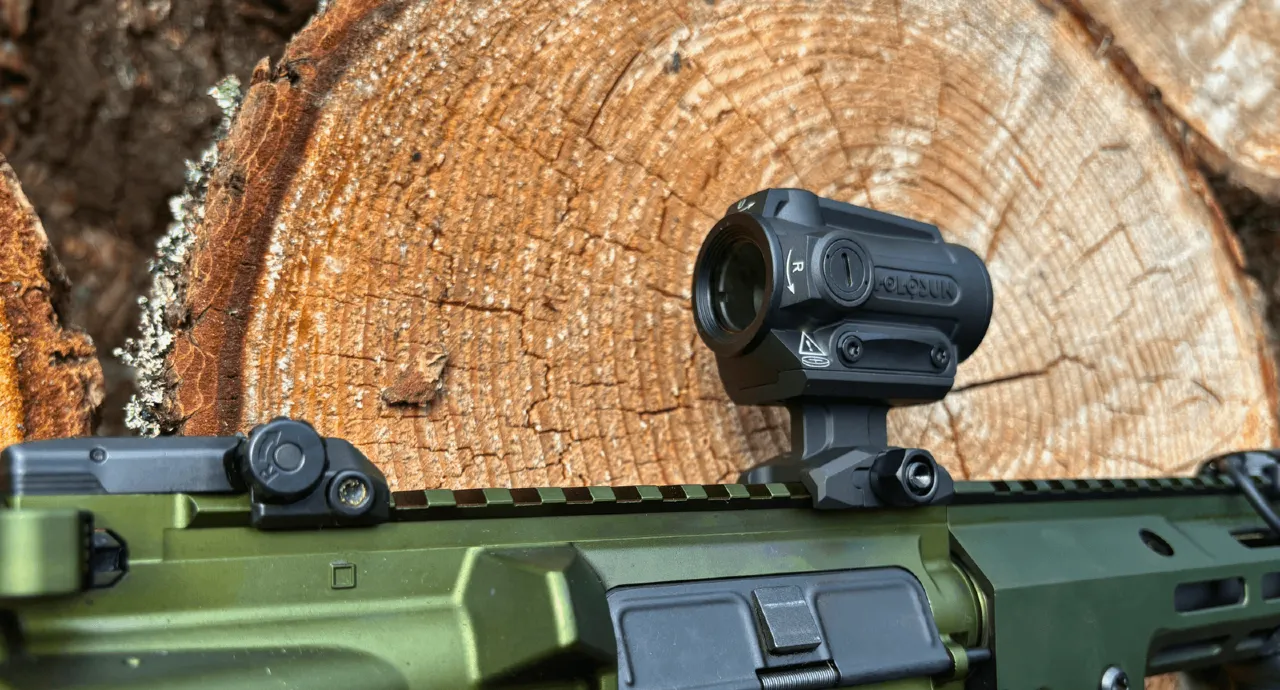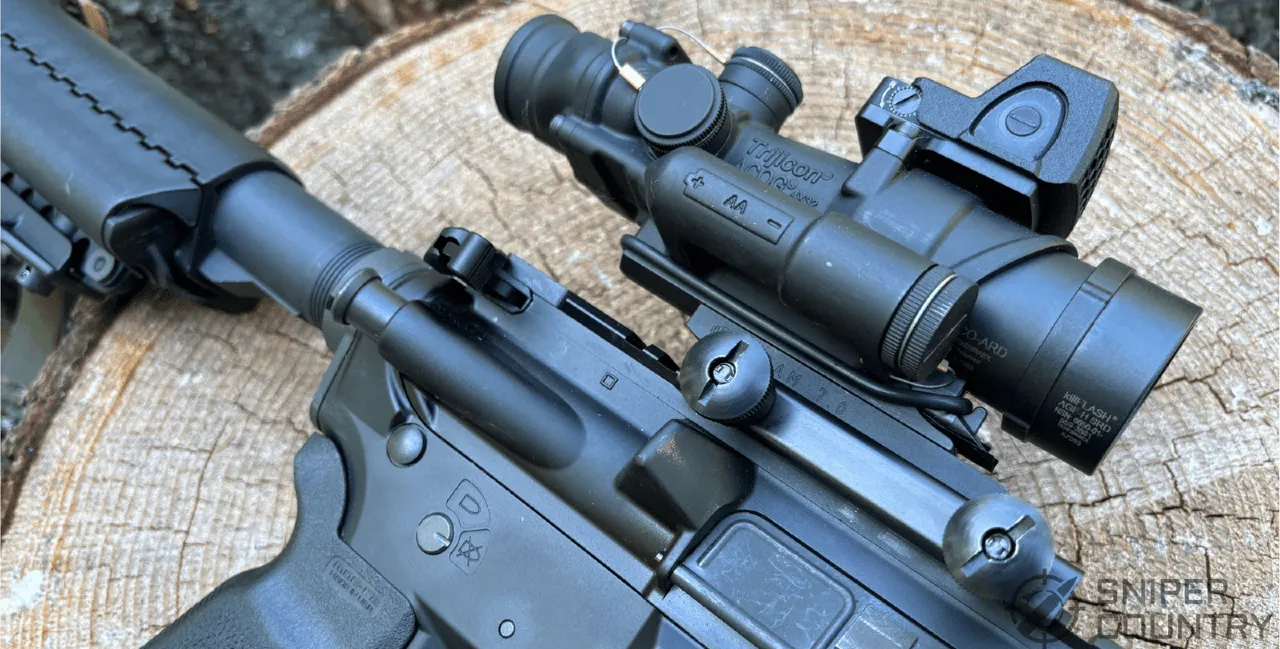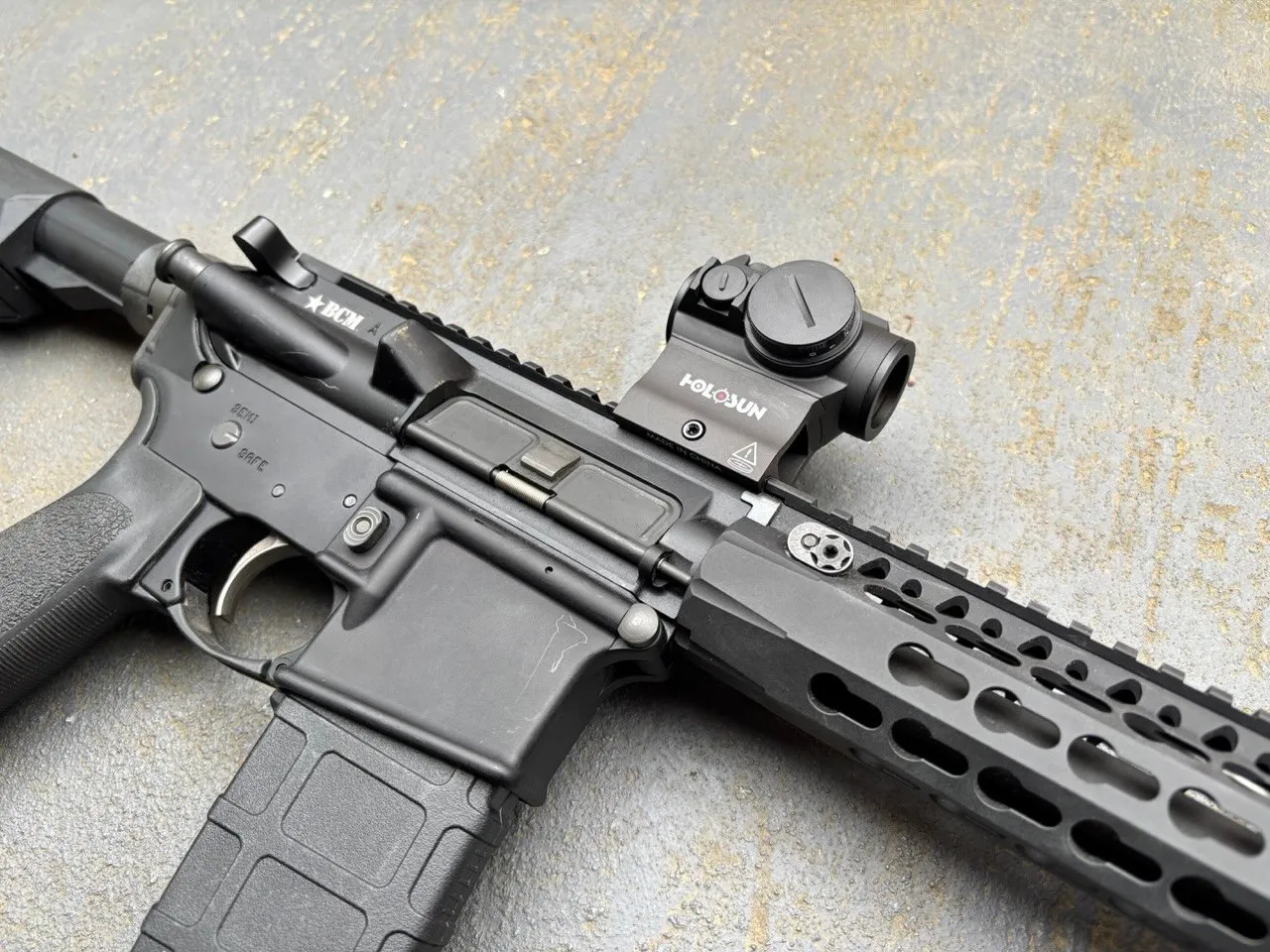Telescopic sights have specifications based on internal adjustments and will vary between models, like having a 60 MOA, 85 MOA, 100 MOA or a 120 MOA. At 100 yards, a 60 MOA scope can elevate 60 inches, a 120 MOA scope can elevate 120 inches, an 85 MOA at 85 inches, and so forth. Changing 1 MOA (Minute of Angle) in a scope at 100 yards indicates a 1-inch change in elevation and the same click equates to 10 inches at 1000 yards.
One of the most important checks after buying a new scope is to verify the scope manufacturer’s declaration of internal adjustment. Windage adjustment is essential but having an extreme adjustment doesn’t bring any real benefit if the wind speed is over 20 mph and shifting and gusting as it gets more difficult to negotiate hitting a long-range target. Having an adjustment of 15 MOA or more at 1000 yards will be a challenge for an accurate shot. Elevation is also key if shooting over a few hundred yards so having a scope below 50 MOA isn’t worthwhile if shooting over 600 to 700 yards.
Checking a new sight’s mechanical zero is easy to verify the manufacturer’s adjustability. Before doing this, note the actual mechanical zero of the sight to have a solid starting datum and it will show the real capability of the sight and rifle. Establishing the mechanical zero shows the actual total internal adjustment of the new scope.
Take for example a .308 caliber brand X rifle without the factory totally screwing the pooch and the barrel is mounted off an odd angle. The scope mounting holes are drilled square to the center line of the bore but when you bore sight the rifle, you may find you’re only a few MOA out from the mechanical zero of the scope.
In some cases, manufacturers claim their scopes have a 100 MOA of internal adjustment, but the actual count has been 115.5 MOA, or they’ve claimed 60 MOA when the true capability was only 54 MOA. Serious shooters should know all there is to know about their scope and rifle system. Being aware of the adjustment’s full range and the mechanical zero indicates how far one can shoot and what internal adjustment is left after achieving the actual zero.
When locating the sight’s mechanical zero, turn one turret all the way to its stop without forcing it when it doesn’t turn further. When approaching the extreme end of the range, carefully turn the turret until you get to the last real click. Then, while counting every click, turn the turret in the opposite direction. Continue till you reach the stop at the other end of the adjustment range. Take the total clicks and divide it by 2, which represents the scope’s mechanical zero. If you want to double check this, click it back in the opposite direction and average the difference. You can do this for both windage and elevation by setting the turrets to reflect that number. Note these settings in a logbook.
This must be done with all new scopes or iron sighted rifles that allows adjustment. Note how the turret turns – do the clicks feel solid or soft, or does it skip an intended click too easily? This process helps you build muscle memory so when you’re dialing in a range, there won’t be any surprises. Ideally, you should be able to zero the rifle and scope combination at 100 yards precisely at the mechanical zero or below the mechanical zero. This gives more UP elevation than a DOWN elevation. While every rifle is different, you may find a combination within 3 to 10 MOA of the mechanical zero either way.
A scope with an internal adjustment of 100 MOA should give a mechanical zero of around 50 MOA. Set the scope to that mechanical zero and reset the turrets to zero, mount the scope to the rifle and head off to the range. To bore-sight the rifle at 100 yards, turn the turrets until what you see in through the rifle bore matches what you see in the scope. Shoot a series of rounds to zero the rifle for 100 yards and once the actual zero is achieved, note how far off it is compared to the scope’s mechanical zero. The windage is irrelevant because it’s not going to be used UP. The elevation however is important. After shooting the rifle and discovering that to achieve a 100 yard zero, the rifle needs 5 MOA from the mechanical zero, you can then reset the turrets to the TRUE zero. This is the only real zero to be concerned about, but you get important data from knowing where the scope started. However, if a scope only has 60 MOA of internal adjustment and the goal is to reach 1000 yards, the scope will have a mechanical zero of 30 MOA. The 100 yard zero just used up 5 MOA but unfortunately, it would take 41+/- MOA to reach 1000 yards with a typical .308 caliber rifle from a 100 yard zero. That leaves 25 MOA of UP elevation, which is about 740 yards reach. This isn’t terrible unless of course you have to hit 1000 yards for competition or tactical shooting.
So, knowing the difference between the scope’s mechanical zero and actual zero is very useful. Having this data allows you to determine if the you need to have the scope base shimmed, or go with a tapered base, or leave well enough alone. Because knowledge is power and power is money, you can choose to spend more money or stick with what you have. Always keep a record of this data for future reference. This method is suitable for scoped rifles and iron sights and knowing the mechanical zero gives you insight to all your options. If shooting at 1000 yards is your main goal, this information will help you determine what work you need to do, if any. While it may be a basic but important technique, shooters often overlook this. By putting in these small efforts will certainly help you in the long run.














3 Responses
I’ve set several scopes such that their inside tube is mechanically centered in its outer tube matching their design drawings. None were midpoint in the knob’s mechanical range. All then had their line of sight aligned with their outer tube and the axis of mount rings on the rifle. Proved by twisting scopes as they rested in 2 V block points while setting the knobs so their line of sight no longer spiraled about some downrange point where the reticle centered on.
When their knobs were twisted counterclockwise while looking through the scope, the reticle stopped moving across the target before the adjustment reached its mechanical limit. Inside tube stops against the outer tube before adjustment reaches its limit. If you’ve ever seen a blueprint of a scope, you’ll better understand this reality.
Scope blueprint:
https://patents.google.com/patent/US4643542A/en
Scope patent….
https://patents.google.com/patent/US4643542A/en